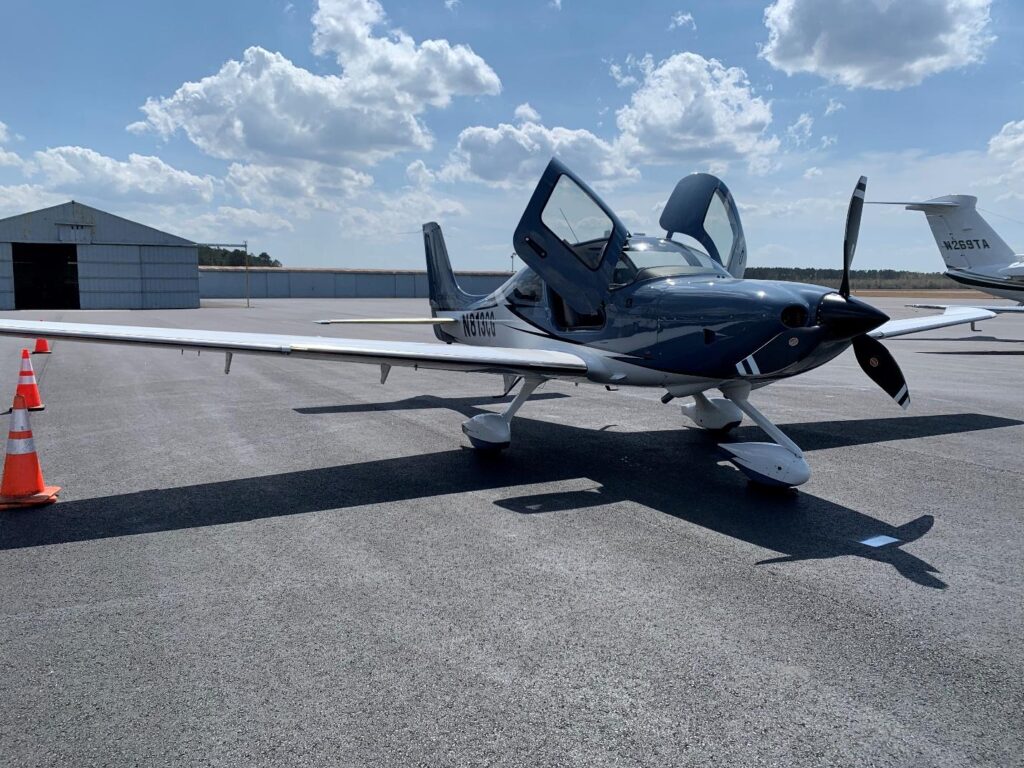Which Aircraft Should I Train In?

Before you decide on whether you should train at the flight school in your town or travel to another flight school located hundreds of even thousands of miles away, there is a question you should ask yourself. It is an important question, the answer to which can have a profound effect on the quality, cost, and efficiency of your training.
Ironically, this question is one flight schools rarely encourage their students to consider. That is unfortunate. Because the question every flight student should be asking themselves, before they even start their flight training is this; which airplane should I train in?
The best answer to that question is going to vary from flight student to flight student. Your best answer might be very different from the one that fits your friend, co-worker, or aviation mentor. For while every student is unique, with specific motivations, goals, and financial capacity, the airplane they choose to do their training in should be every bit as individual a choice.
Some choose to train in the latest and greatest aircraft available. That’s a perfect fit for someone who has the means to train in a high dollar aircraft, then regularly make use of that airplane after their training is complete. Proficiency is important. If we choose to train in an aircraft we can’t afford to rent or lease afterward, we have made a poor choice. Our training will be more expensive than it has to be and may not prepare us well for the aircraft we fly after earning our pilot certificate.
By the same token, we may not want to train in the least expensive aircraft we can find. Low cost often means high wear, lack of reliability, and instrumentation that is many years behind the current technology. Selecting an airplane that aligns best with the aircraft we’ll fly after we finish our training, one that is outfitted with the equipment we’ll encounter in the real world of general aviation, really matters.
Often the best choice is the moderate option. The airplane that is well used, but equally well maintained. Its instrumentation is up-to-date, or of recent vintage, easy to use, and supports a skillset that is easily transferable to other aircraft of similar cost and complexity. It should approximate the aircraft you are likely to build your time and enjoy recreational flights in after your training is complete.
The airplane you should train in might just be the airplane you choose to purchase before you even start taking flight lessons. This economically viable and often overlooked option is to buy an affordable, well-maintained airplane that you can learn from the ground up, working with your flight school and flight instructor to tailor your training to the exact airplane you will be flying for the foreseeable future.
Buying an airplane doesn’t have to be an excessively expensive proposition. Training in your own airplane is not nearly as unusual as you might think. At Rexair, we have had a long history of training flight students to fly, and fly well, in an airplane they own themselves. With our own maintenance facility on the field, we are well positioned to advise students and prospective students should they decide to take the ownership route. We can help with maintenance and storage of the aircraft, as well.
Which airplane should I train in? That’s a great topic to bring up when you visit Rexair. We will be happy to help you find the option that best fits your timeframe, budget, and ultimate piloting goals. Whether you choose to train in our fleet of modern Cirrus aircraft, or our familiar Cessna 172s, or an airplane you purchase yourself – Rexair can help you reach your aeronautical goals with competent, capable guidance every step of the way.



